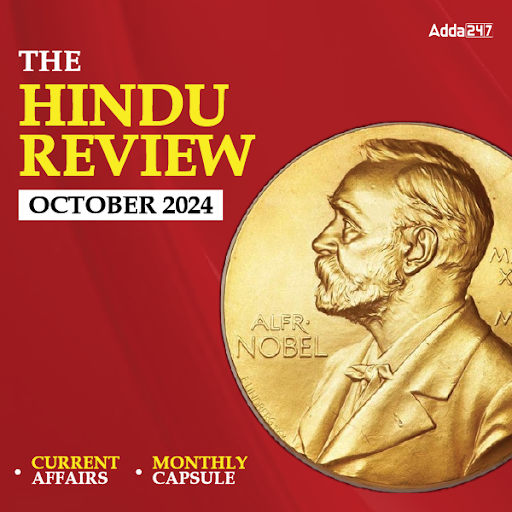Dear BA’ins,
Today in the study Notes we are Discuss about India’s Central Bank (Reserve Bank of India) and its policy Rates
Reserve Bank of India (RBI)
I. RBI established on April 1, 1935 under RBI Act 1934 (recommendations of John Hilton Young Commission 1926 – called Royal Commission on Indian Currency and Finance), is the central bank of the country and was nationalised w.e.f Jan 01,1949.
II. Originally it was a shareholders’ bank which was taken over by the Central Govt. under Reserve Bank (Transfer of Public Ownership) Act 1948 (paid up capital Rs. 5 cr).
III. RBI’s central office is in Mumbai.
IV. Urjit R. Patel is the current and 24th Governor of Reserve Bank of India.
V. Presently, 3 Deputy Governors of RBI. These are-
a) R. Gandhi
b) SS Mundra
c) N.S Vishwanathan
V. Presently, 3 Deputy Governors of RBI. These are-
a) R. Gandhi
b) SS Mundra
c) N.S Vishwanathan
Functions of RBI:
Issuance of currency: RBI is the authority in India to issue currency notes (called bank notes) under signatures of Governor. (One rupee note called currency note is issued by the Central Govt. and signed by Finance Secretary). The stock of currency is distributed with the help of currency chests spread all over the country.
Banker to Govt.: RBI transacts govt. business and manages public debt. SBI or any other bank is appointed Agent where RBI does not have office. It provides Ways & Means advances to Govt.
Bankers’ bank: It keeps a part of deposits of commercial banks (as CRR) and acts as lender of last resort by providing financial assistance to banks. It provides export credit refinance, Liquidity Adjustment Facility and Marginal Standing Facility.
Controller of Banks: An entity which is to conduct banking business in India has to obtain license from RBI. It acts as controller of banks by including the banks in 2nd Schedule of the Act. It issues directions, carries inspection (on-site as well as off-site) and exercises management control.
Controller of credit: RBI can fix interest rates (including Bank Rate) and exercise selective credit controls. Various tools such as change in cash reserve ratio, stipulation of margin on securities, directed credit guidelines etc. are used for this purpose. It also carries sale and purchase of securities which are known as open market operations.
Maintenance of external value: RBI is responsible also for maintaining external value of Indian currency as well as the internal value. Foreign exchange reserves are held by RBI and it has a wide power to regulate foreign exchange transactions under Foreign Exchange Management Act (FEMA).
POLICY RATES
Repo Rate
Repo rate is the rate of interest which is levied on Short-Term loans taken by commercial banks from RBI. Whenever the banks have any shortage of funds they can borrow it from RBI.
Reverse Repo Rate
This is exact opposite of Repo rate. Reverse repo rate is the rate at which commercial banks charge on their surplus funds with RBI. RBI uses this tool when it feels there is too much money floating in the banking system.
SLR Rate
SLR (Statutory Liquidity Ratio) is the amount a commercial bank needs to maintain in the form of cash, or gold or government approved securities (Bonds) before providing credit to its customers.
It is determined as the percentage of total Net Demand and Time Liabilities (NDTL).
Bank Rate
It is defined in Sec 49 of RBI Act 1934 as the ‘standard rate at which RBI is prepared to buy or rediscount bills of exchange or other commercial papers eligible for purchase under this act’.
Cash Reserve Ratio (CRR)
CRR refers to the ratio of bank’s cash reserve balances with RBI with reference to the bank’s net demand and time liabilities to ensure the liquidity and solvency of the scheduled banks.
Current Reserve Ratios and Policy Rates
Bank Rate: 7.00%
Repo Rate: 6.50%
Reverse Repo Rate: 6.00%
CRR: 4%
SLR: 21.00%
MSF: 7.00%
All the Very Best BA’ins for BOB PGDBF 2016



 The Hindu Review October 2022: Download ...
The Hindu Review October 2022: Download ...
 CAIIB ABM Exam Analysis 2024, 24 Novembe...
CAIIB ABM Exam Analysis 2024, 24 Novembe...
 Important Essay Topics for IBPS PO Mains
Important Essay Topics for IBPS PO Mains




